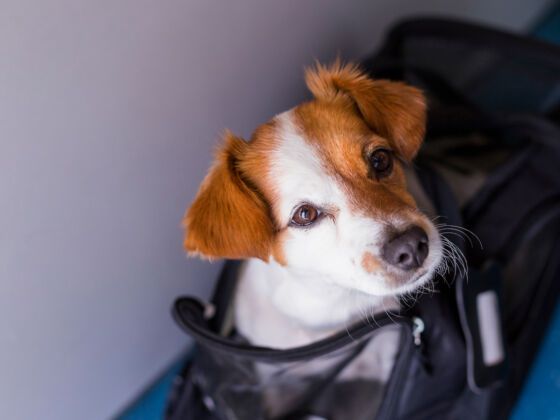When my husband and I decided to move to Japan, we faced a hard decision about our cat. Should he come or should he stay? At the time, bringing him seemed difficult. There were too many other details to consider and we couldn’t face the extra paperwork. I left him with a trusted relative for safekeeping.


Now, I regret that decision. After all, I adopted him from an animal shelter and made a lifetime vow to care for him. Leaving him, I broke a serious promise.
Since moving, I have met other expats who have successfully moved their pets overseas. They agree there are benefits to undergoing the complex process. The first advantage is that your pet is with you, which may be (depending on age and other factors) the animal’s best interest. You maintain the relationship and don’t have to worry about your animal’s care in your absence. It’s also comforting to have a familiar “friend” as you adjust to a new lifestyle.
The downside is that the process can be expensive and stressful. In addition, it may prove difficult to find appropriate housing or vet facilities near your new home.
If you are considering moving your pet overseas, here are some basic guidelines to follow.
1. Check with the Consulate
Rules vary greatly in different countries regarding the import of animals, and these regulations often depend on your country of origin. First, determine if you can bring your pet at all. In some countries, certain species of dog and cat are accepted, while others are not.
For a preliminary idea of a country’s regulations, refer to Petrelocation.com, although information on this site is general only. Refer to the country’s consulate for recent official requirements.
2. Assess the Living Environment Abroad
Contact a local person and ask questions about the community. Do apartment and house rentals accept pets? Are vet facilities available? Is animal care affordable? In Japan, a friend of mine with a dog revealed that vet clinics in our area are extremely busy, and it’s hard to get an appointment.
Are there kennels where you can leave your pet while you’re away? What’s the local attitude towards pets? Are many people suspicious of black cats, for example?
3. Come up with a Timeline
To import a pet, most countries require a stringent sequence of medical tests. The timing of each stage is extremely important, and failure to adhere exactly may result in headaches and extra costs.
Satisfying the requirements to bring an animal to Japan takes at least six months. A dog or cat must have a microchip, rabies vaccinations, and blood tests at prescribed stages. There is also a 180-day waiting period after the blood tests before the animal is allowed entry without quarantine.
4. Meet with the Vet
Schedule an appointment with a vet experienced in preparing animals for overseas travel. That person may already be familiar with the procedures, which lightens your burden to ensure they are done properly.
Discuss your pet’s overall health and age as well as potential problems with moving abroad.
5. Contact Airlines
Airlines have different regulations for transporting animals internationally. Contact a representative directly to clarify specific issues or concerns.
It’s also important to know that rules for transporting your pet may change at different stops on the travel itinerary. For example, one set of rules may be in place for flying your dog from Los Angeles to Tokyo, but once in Japan, the rules may be different from Tokyo to Okinawa.
6. Find a Pet Carrier
Ensure you have the proper animal carrier for an international flight. Many airlines require the carrier to be approved by the International Air Transport Association (IATA). In some cases, you may be able to rent one directly from the airline. In any case, an airline representative can explain exact dimensions needed based on the species and size of your animal. You should expect to pay considerable transport, handling and holding fees.
7. Focus on the Details
Once you start the complicated process of expatriating your pet, follow the directions exactly. Don’t remain confused by a requirement; speak to someone who can clarify. The consequence of making a mistake, even a small one, can be costly and frustrating.
Another friend in Japan told me she had problems clearing her cat at customs because one signature on her documentation was signed in the wrong color ink! She faced an expensive quarantine for $100 US a day until the matter was settled.
Keep multiple copies of the documentation. Set aside money for unexpected fees and problems you might encounter along the way. Finally, have a backup plan in the event you can’t move your pet as planned.
Additional Resources
Pet travel.com, Independent Pet and Animal Transportation, Jetpets, and World Pet Travel can provide more information about moving your pet overseas, including pet relocation services.